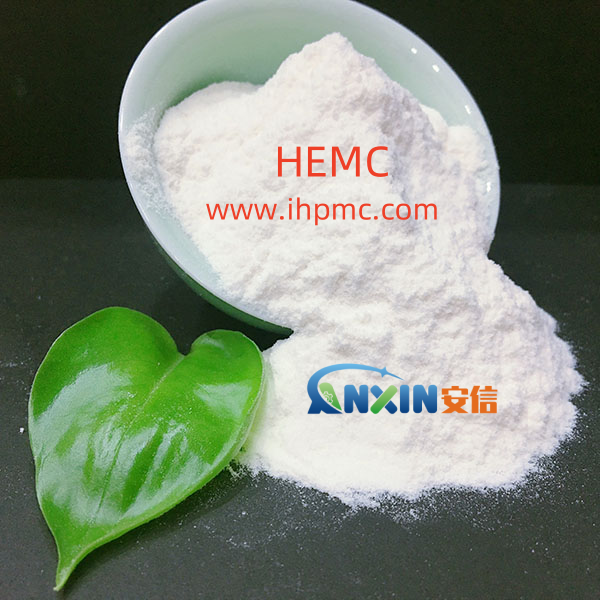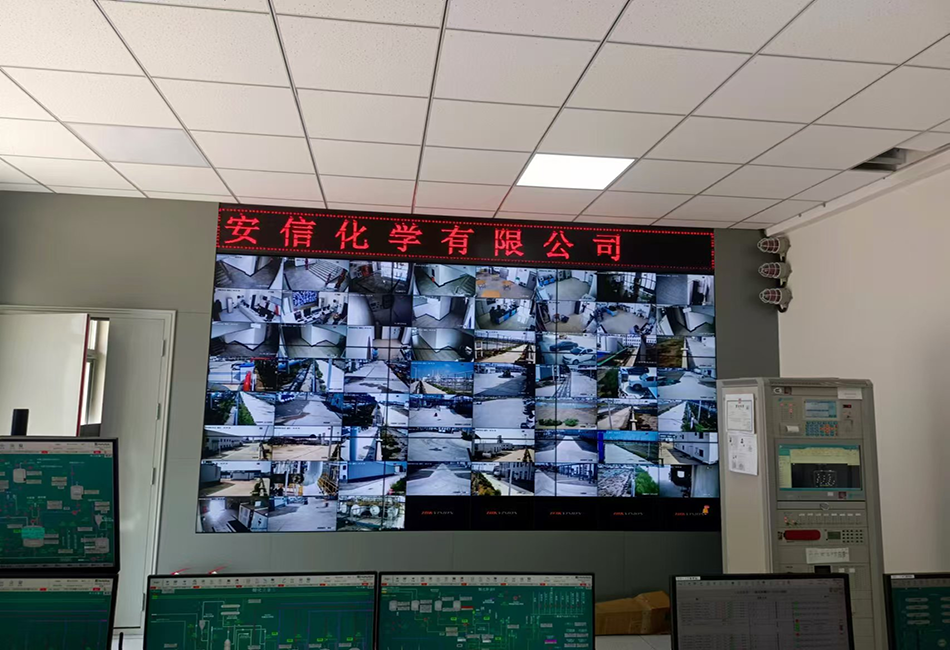1. Introduction to hydroxyethyl methylcellulose
Hydroxyethyl Methyl Cellulose (HEMC) is a non-ionic water-soluble cellulose ether produced through chemical reactions such as alkalinization and etherification of natural cellulose. It has excellent thickening, water retention, film-forming, lubrication and bonding properties and is widely used in building materials, coatings, pharmaceuticals, food and other fields. In the construction field, especially in dry mortar and putty powder, HEMC plays an important role.
2. The role of improving processability
Improve construction performance
Among building materials, HEMC has excellent thickening properties and can effectively improve the thixotropy and sag resistance of materials. This feature makes construction more convenient. Especially when applying on vertical surfaces, the material is not easy to sag, making it easier for operators to form a uniform coating and improving construction efficiency.

rial can remain suitable for a long time after being coated or stirred. This buys construction workers more time for adjustments and corrections and improves construction quality.
3. The role of improving performance
Excellent water retention properties
One of HEMC's most notable properties is its excellent water retention. In cement-based or gypsum-based mortars, HEMC can effectively reduce water loss and ensure that the cement or gypsum has sufficient moisture during the hydration reaction. This not only improves the strength and bonding of the material, but also reduces the risk of cracks and hollowing.
Enhance adhesion
Since HEMC has good film-forming properties, it can form a uniform film on the construction surface, thereby enhancing the adhesion between the material and the substrate. This property is especially important in applications such as tile adhesives and putties, where it can significantly improve durability and stability.
Improve freeze-thaw resistance
In severe cold areas, the freeze-thaw resistance of materials is particularly important. HEMC improves the weather resistance of the material by optimizing the moisture distribution inside the material and reducing the volume changes caused by the freezing and melting of water during the freeze-thaw cycle.

4. Typical cases in practical applications
dry mortar
In dry mortar, HEMC not only improves the water retention and workability of the mortar, but also optimizes the workability of the material, making the mortar easier to spread and shape during the construction process.
Tile glue
HEMC can improve the colloid's bonding force in ceramic tile adhesives, ensure a firm connection between ceramic tiles and substrates, and reduce material slippage during construction.
Putty powder
Among putty powders, HEMC can improve surface smoothness, improve the water resistance and crack resistance of the coating, and make the putty layer perform better in subsequent construction (such as latex paint).
Hydroxyethyl methylcellulose has become an indispensable and important additive in modern building materials due to its excellent thickening, water retention, lubrication and other properties. It not only significantly improves the processability of materials, but also improves the performance and durability of finished products, bringing great convenience and benefits to construction workers and users. With the continuous advancement of technology, the application fields and effects of HEMC will be further expanded, providing more assistance to the development of the construction industry.
Post time: Nov-11-2024